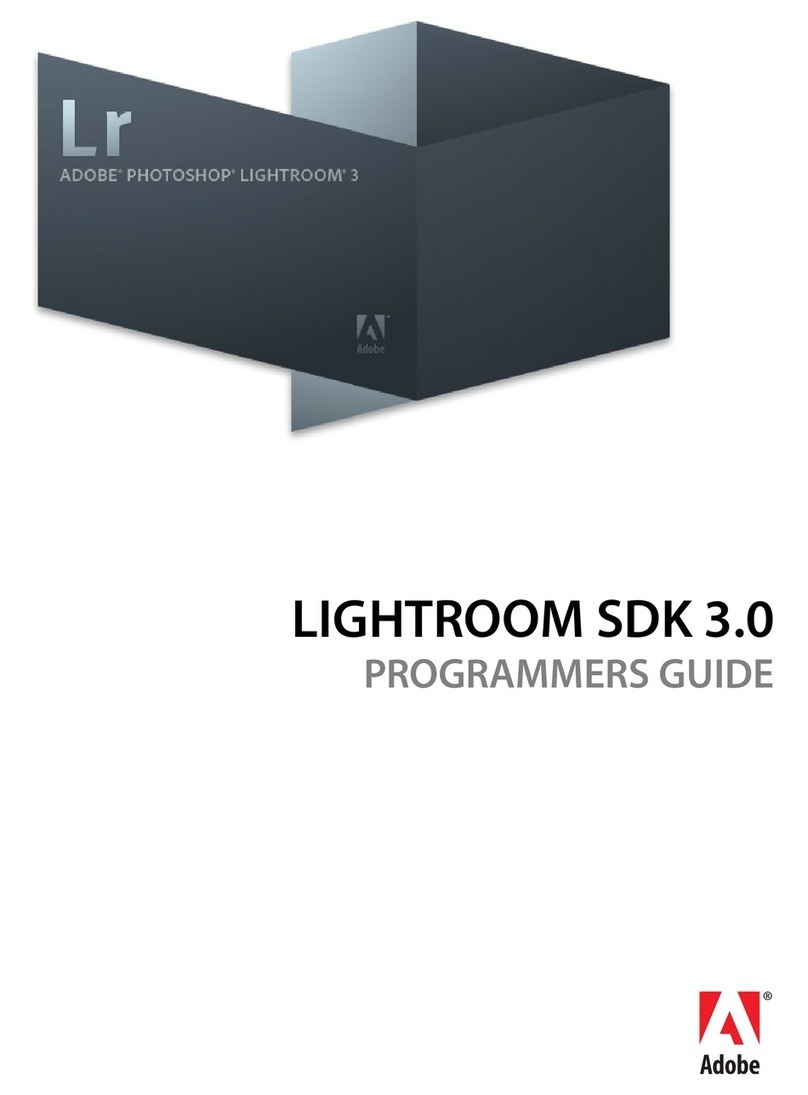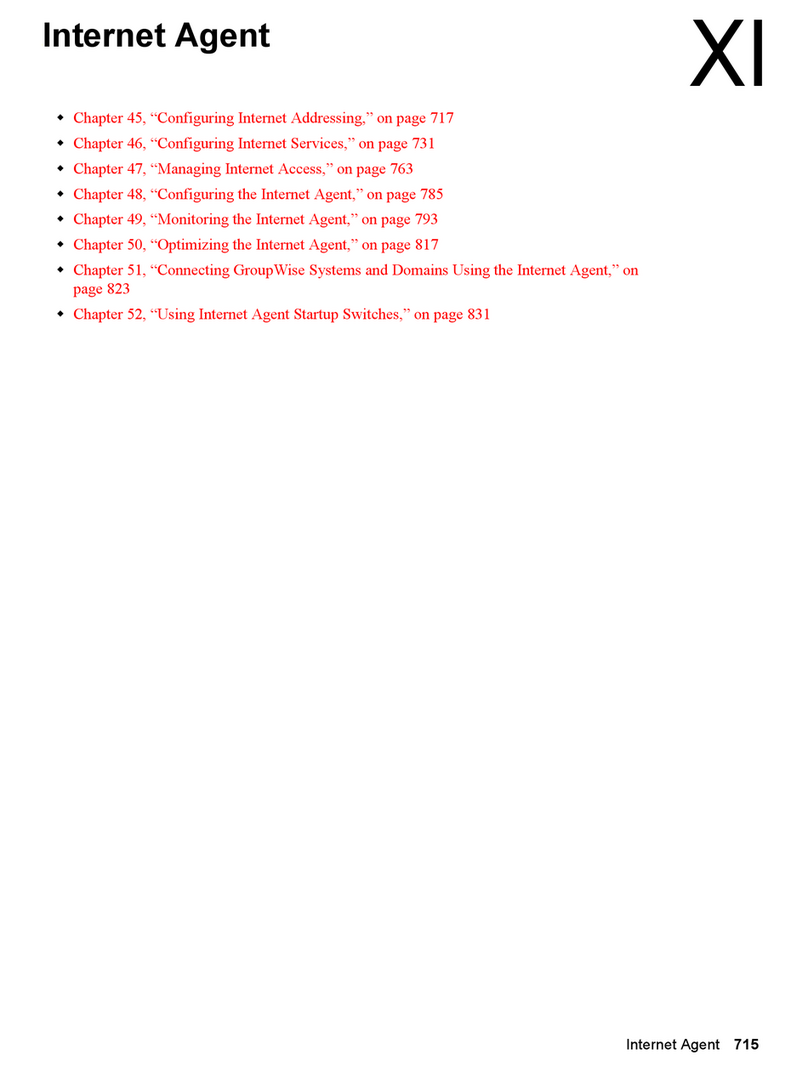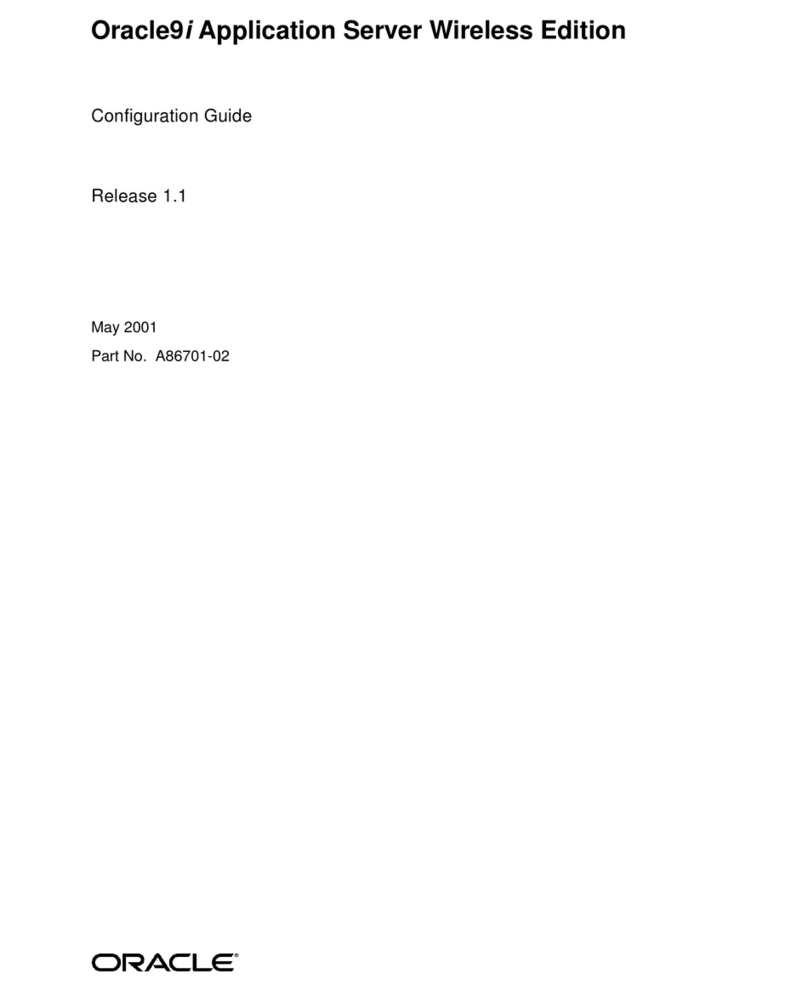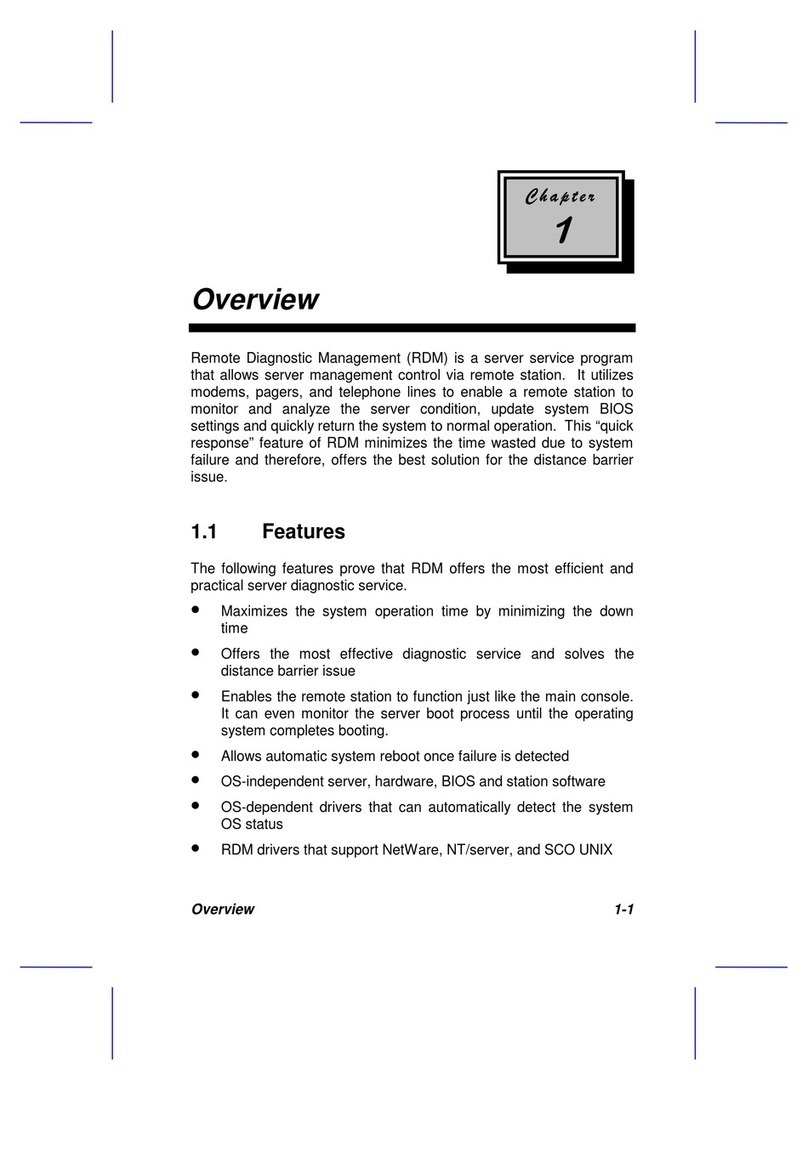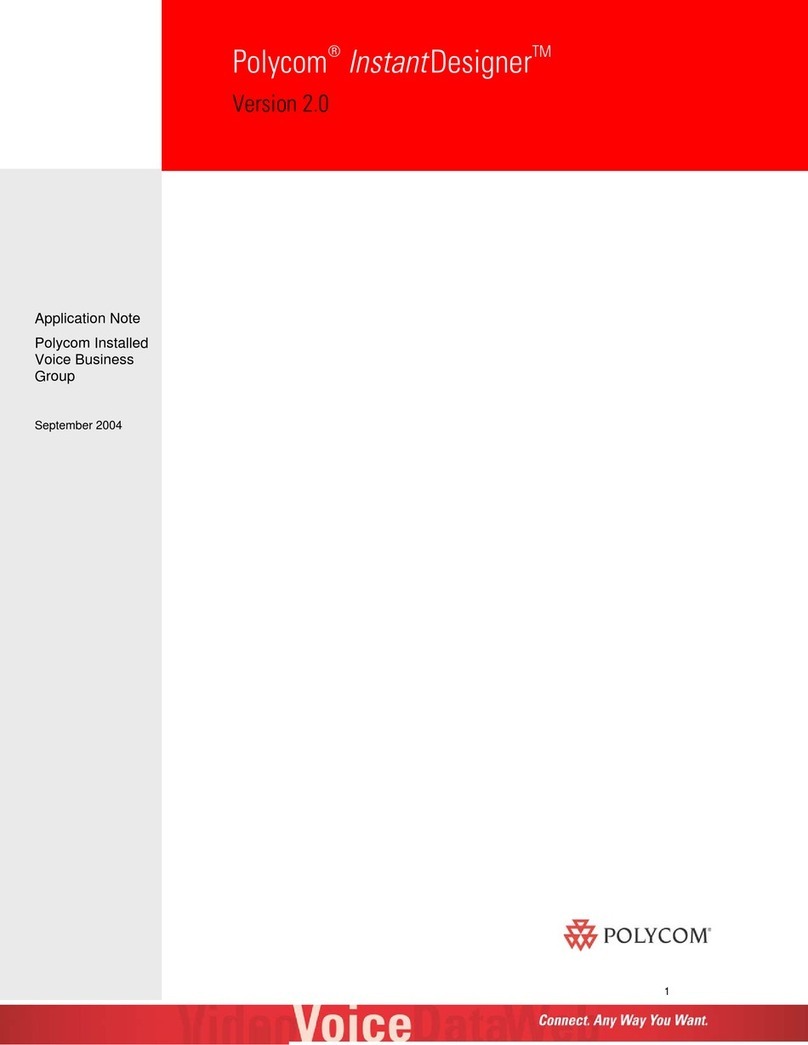
- 8 -
Bedienung / Instructions
TP-Gen Testbildgenerator Ausgangssignal
off ...............................Testbild aus
B/W.............................Testbild schwarz/weiss
color ............................Testbild Farbbalken
Test pattern generator output signal
off ...............................Test pattern off
B/W .............................Test pattern black and white
color ............................Test pattern color
A-Level Audiosignal Pegelanpassung
+12… -12
Audio signal level adjustment
+12… -12
TV-Std TV-Standard des generierten Ausgangssignals
B/G ..............................alle Audiosignalarten sind zulässig
D/K ..............................alle Audiosignalarten sind zulässig
I...................................Audiosignal stereo oder dual wird auf mono
umgestellt
L..................................wie bei I
M................................wie bei I
TV standard of the generated output signal
B/G ..............................any audio signal is permitted
D/K ..............................any audio signal is permitted
I...................................stereo or dual tone will be changed to mono
L..................................stereo or dual tone will be changed to mono
M................................stereo or dual tone will be changed to mono
A-Mode Art des generierten Audioausgangssignals
auto.............................Die Art des Ausgangssignals wird automatisch
anhand des Eingangssignals ausgewählt
stereo ..........................Als Audiosignal wird fest stereo generiert
dual .............................Als Audiosignal wird fest dual generiert
mono-r ........................
Das Audiosignal wird aus Kanal rechts generiert
mono-l.........................Das Audiosignal wird aus Kanal links generiert
Mode of the audio output signal
auto.............................The mode selection operates automatically
dependant on the input signal
stereo ..........................Audio signal is generated in stereo
dual .............................Audio signal is generated in dual tone mode
mono-r ........................Audio signal is generated from right channel
mono-l.........................Audio signal is generated from left channel




